The Lake Issue
Nobodies
I didn’t see any open businesses. No schools, no grocery stores, not even a gas station. The only other people on the road were border patrol vehicles.
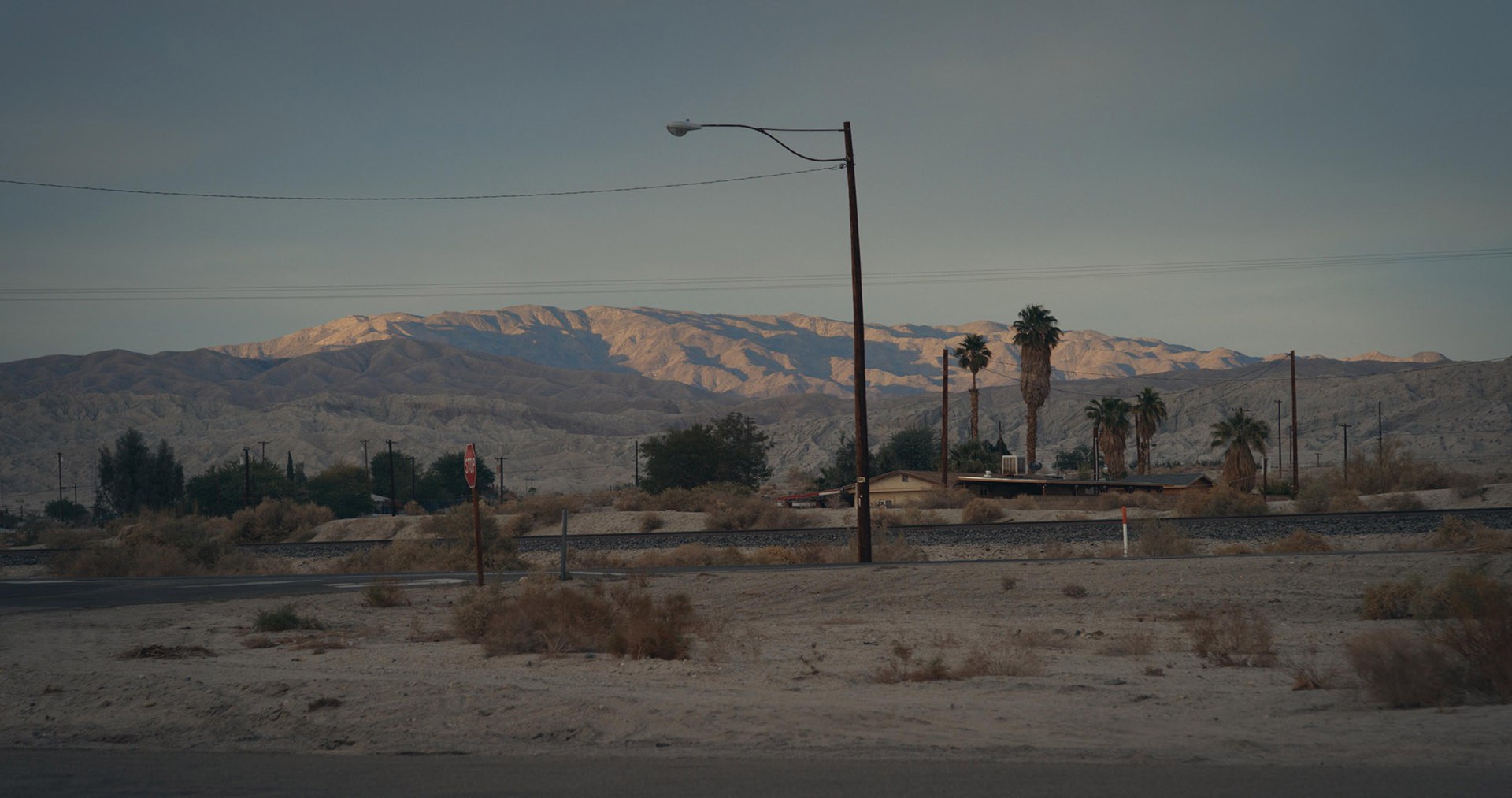
Located just south of California’s Coachella Valley, the Salton Sea is a categorical wasteland, haunted by the departed dreams of a place once ripe with promise.
The air is a noxious cocktail of evaporated salt, hydrogen sulfide and half a century’s worth of massive fish die-offs. It’s an atmosphere that has recently managed to make its way 130 miles northeast to Los Angeles, creating an air quality hazard trademarked by an inescapable smell of sulfur. Skateboarding through these badlands, Nobodies is a portrait of what it might look like to rebel after the end of the world.
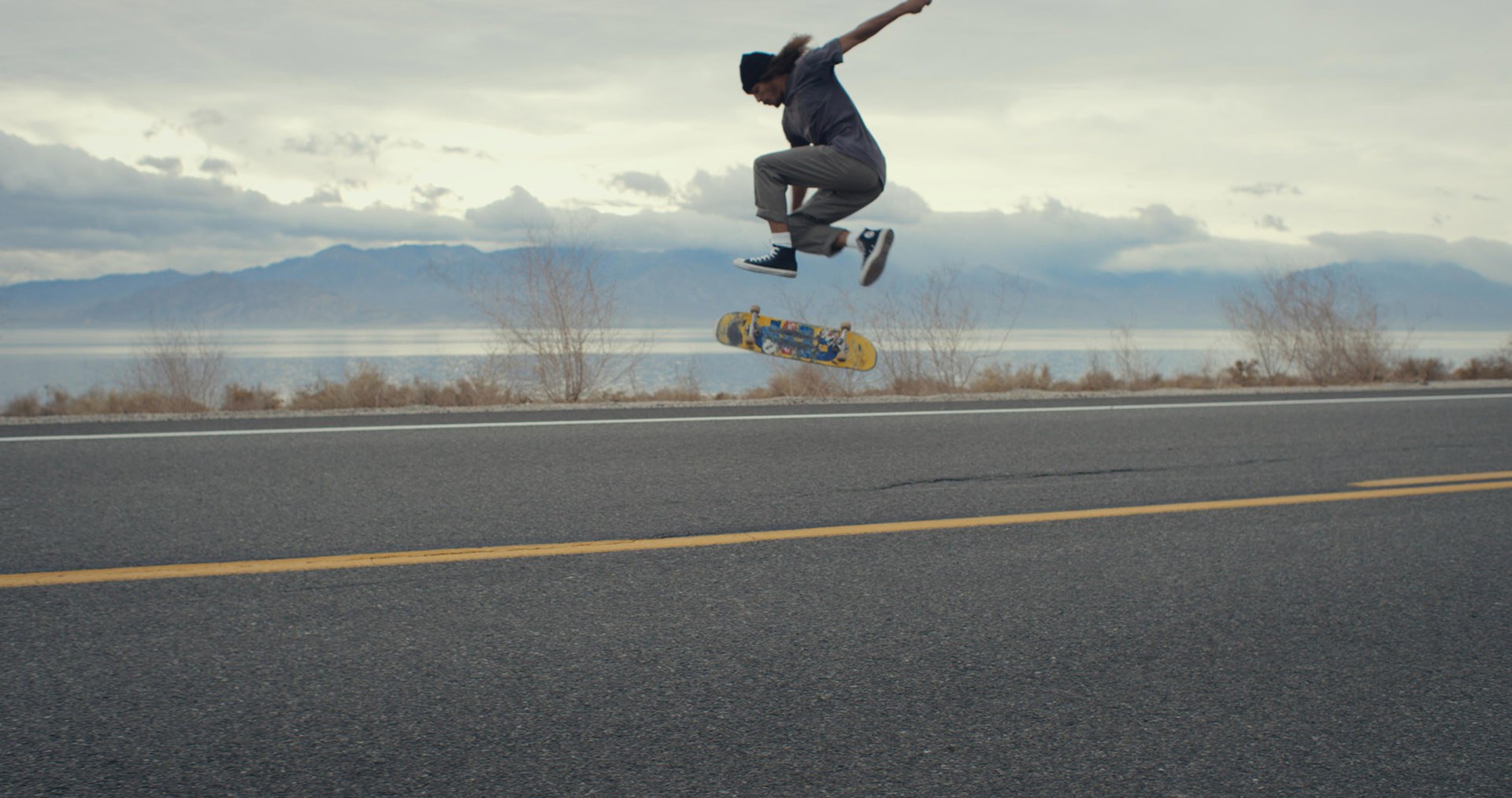
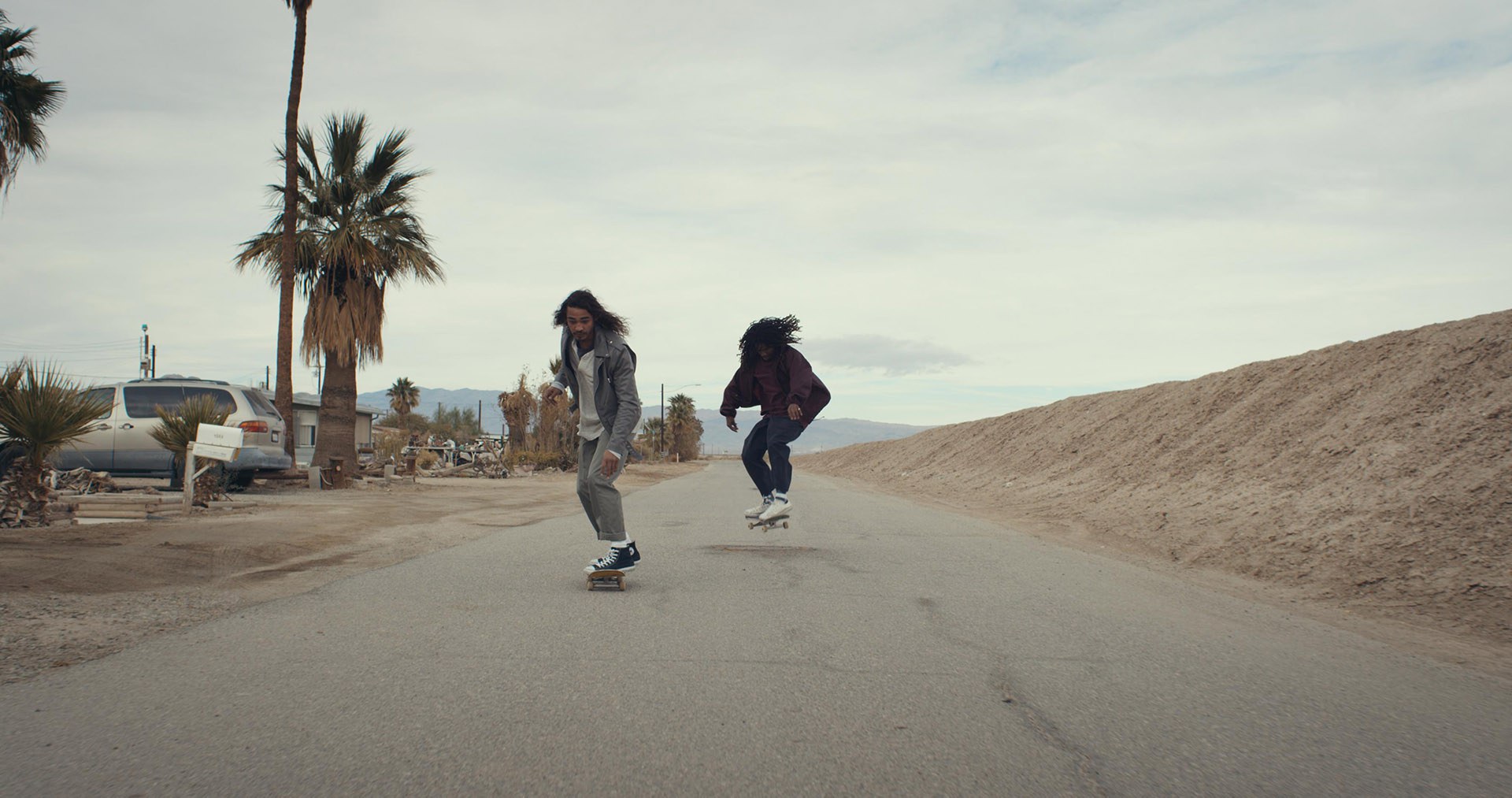
Little more than half a century ago, this image of post-apocalyptic ruin was slotted to be “The Next Palm Springs,” attracting at its historical peak more yearly visitors than Yosemite. It was a recreational paradise, with summers welcoming young families to fish and watch the speed boats of the Salton Sea 500 skip happily across the lake’s warm and gentle waters. Few at the time were aware of the impending and inevitable ecological disasters ahead of them.
The lake has cycled through many phases over the millennia, transforming from fresh to saltwater, and sometimes disappearing entirely. Its current state of disrepair, however, owes itself not to a natural cycle but to a series of engineering accidents and failures, beginning with the diversion of the Colorado river in 1905 to help irrigate farmland in the Imperial Valley. Without an outlet, accumulated agricultural runoff filling the lake has made the water progressively more saline and contaminated with pesticides and other agricultural chemicals.
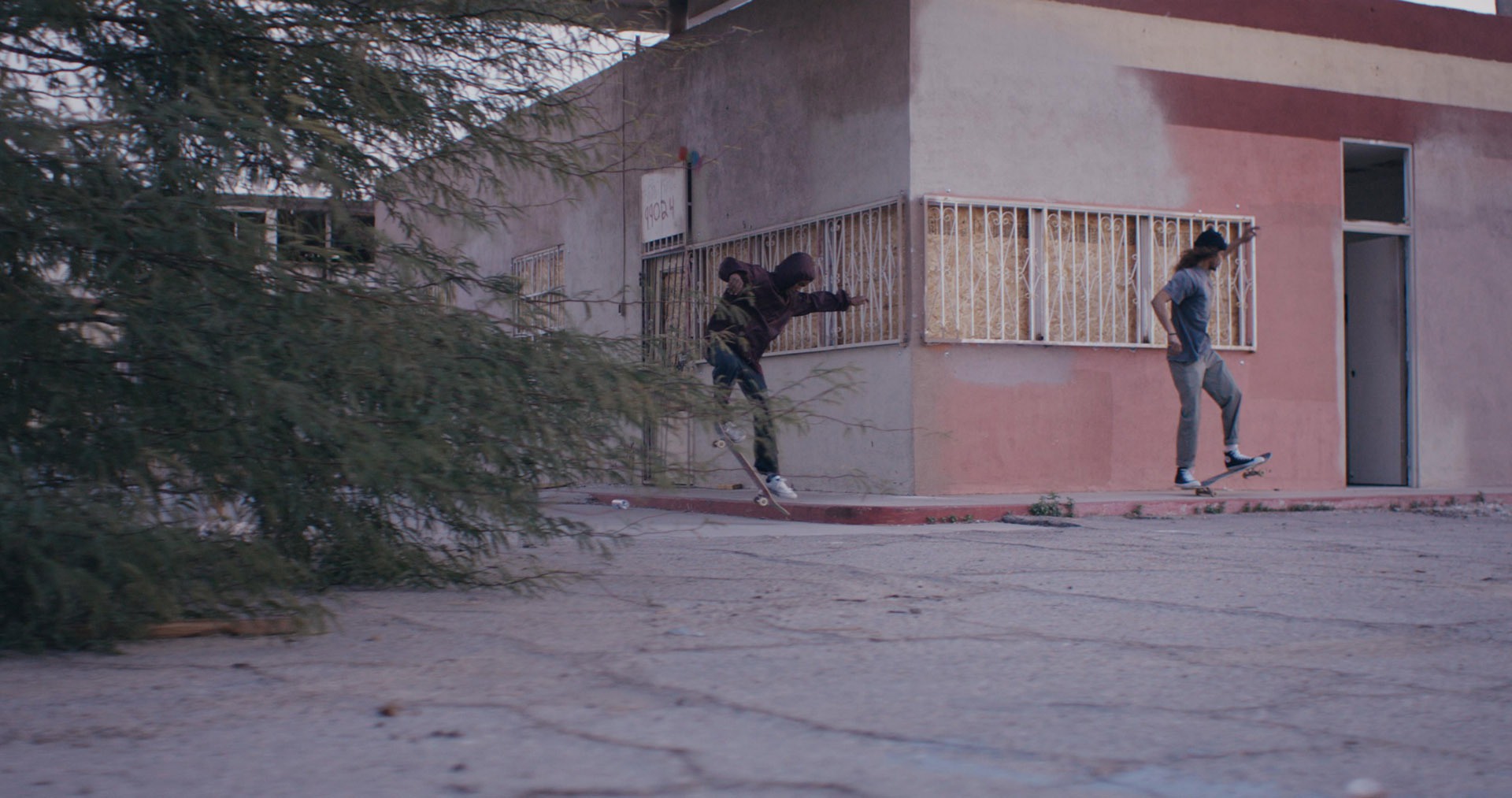
Today, rapidly diminishing water supplies have made the pesticide and contaminant-ridden lakebed a perfect site for toxic dust storms. In 2015, Imperial County reported the highest asthma-hospitalization rates in the state, more than three times the California state average. Meanwhile, the local wildlife refuge is constantly struggling to save its local fauna from dying of botulism due to the putrid waters and bacteria-laden fish. The Salton Sea is a place incapable of sustaining life, yet burdened with life to sustain.
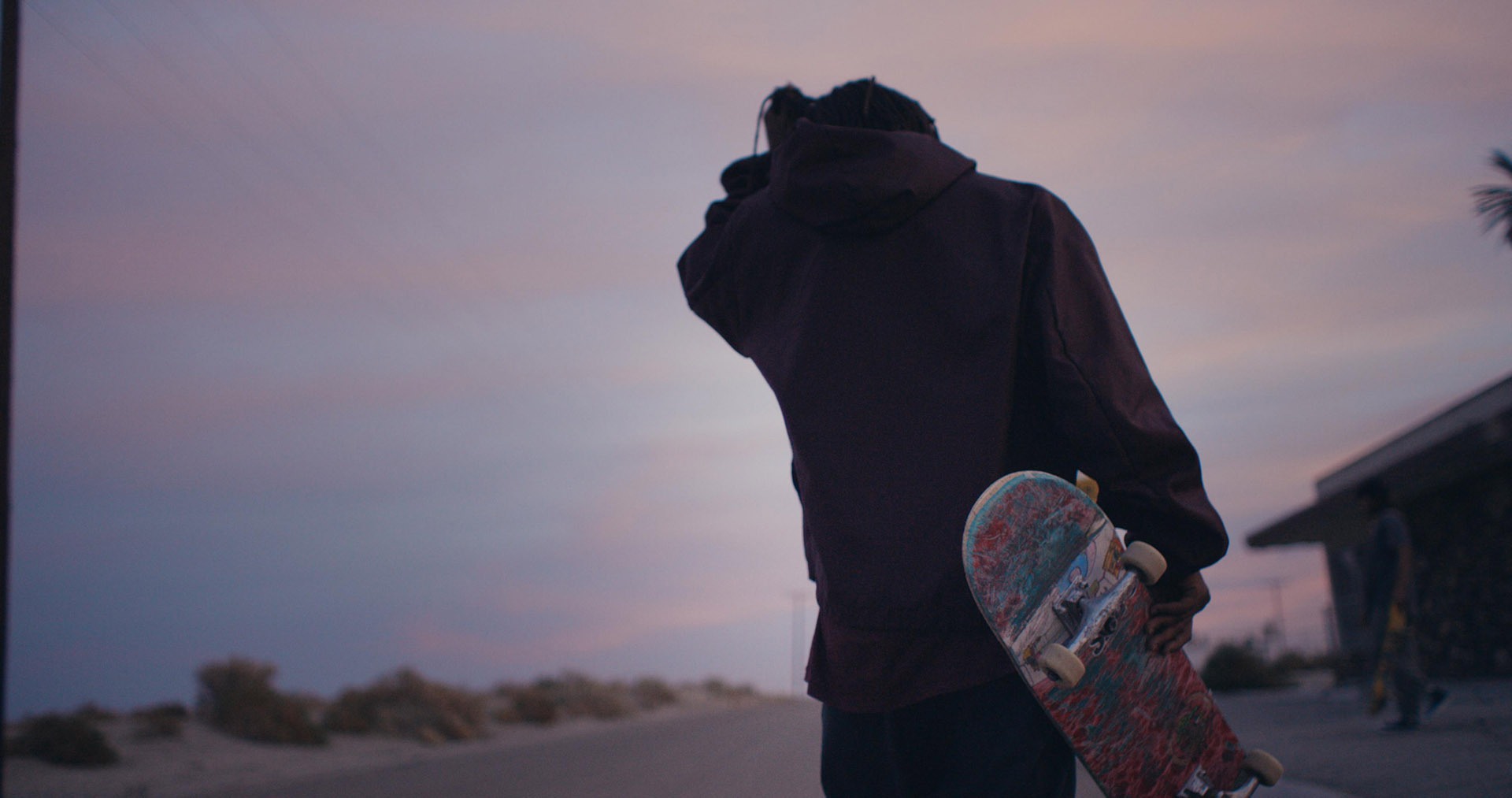
In spite of all this, there is something undeniably romantic about the post-apocalyptic terrain, surrounded by anthropocene ruin, set aglow in the light of a setting desert sun.
It’s kind of amazing we were able to shoot that day. It was practically hailing by the time we were an hour out of Venice. Somehow, as soon as we got into the valley, the rain lifted and we got this perfect overcast light. It was pretty magical.
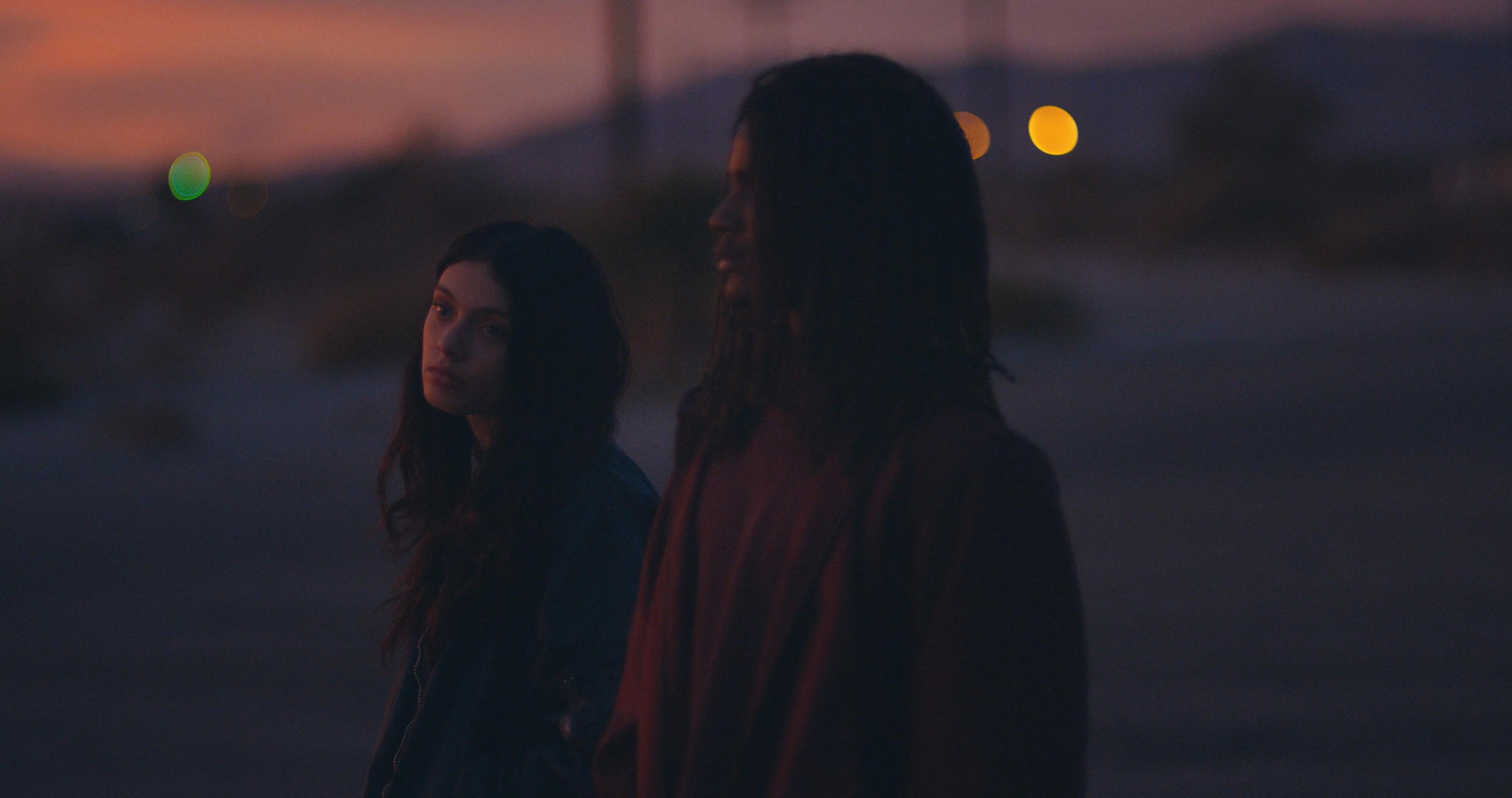
Southern California is already battling severe droughts, leaving very little option of having even a drop to spare on the drying lake. Rehabilitation plans have been prohibitively expensive, costing an estimated hundreds of billions of dollars. With no financial viability in Salton Sea, very few are willing to invest. Without sufficient funding, government officials have their hands tied. As the clock ticks, we find ourselves helplessly holding our breath, able to do little more than watch.
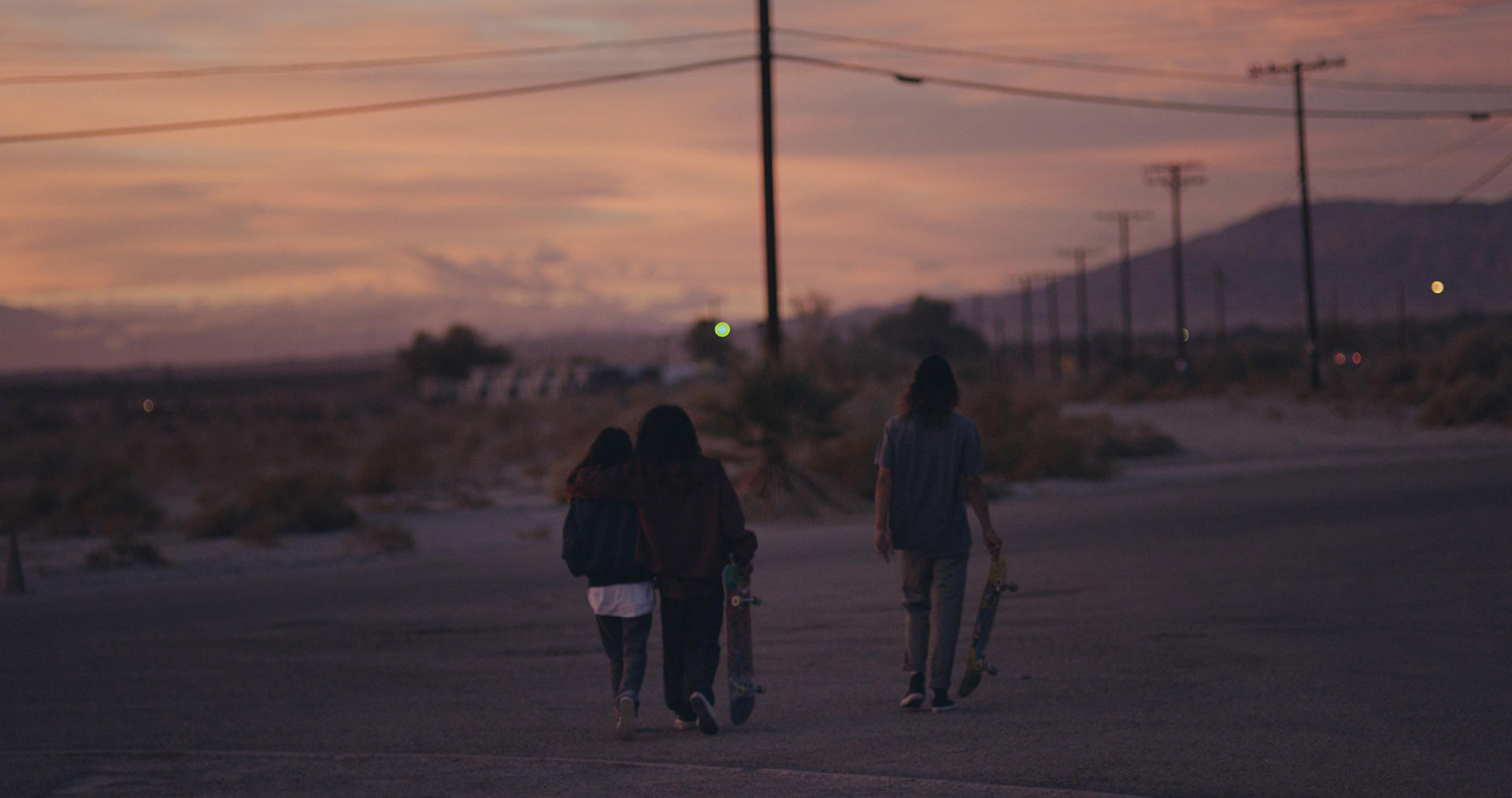
Still, there’s something to be said about awareness, particularly on the behalf of a community with the political voice of a mere whisper. The next time you’re driving down Sunset and someone comments about that rotten egg smell that’s been around all week, give them a story.
Shannon Lee is Silica Mag's senior producer. She's also a writer and an associate editor at Artsy. Areas of interest include culture, earth, things that smell bad but taste good, knots. You can find her behind the Silica Newsletter.
Daniel Regan is a photographer/filmmaker born and raised in Venice, California residing between downtown Los Angeles and New York City. See more of his work at no-school-la.com.
Quotes and Photographs from Dan Regan.